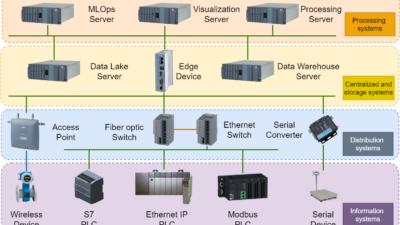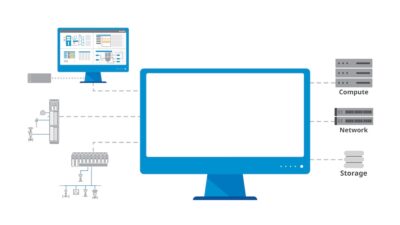Time-sensitive networking (TSN) is a key component and driver for IoT testbeds and its role in the Industrial Internet of Things (IIoT) is growing.
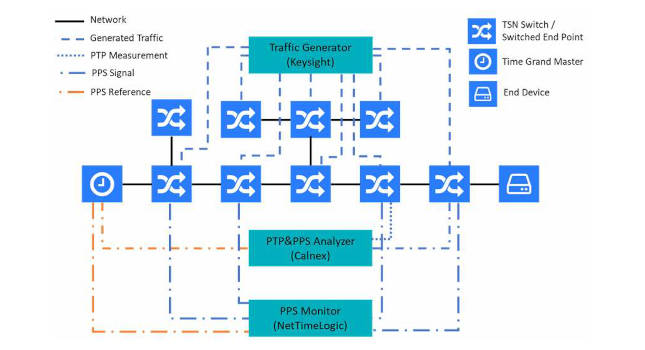
Testbed Insights
- Time-sensitive networking (TSN) is a critical aspect of digitalization and has a major role with IoT testbeds.
- Companies within the Industry IoT Consortium (IIC) are working on establishing a TSN-based ecosystem.
Connectivity is a key requirement for digitalization and the most important driver for innovation across many industries. While open standards are often used in the information technology (IT) world, industries with deterministic requirements such as production, automotive and professional audio/video tend to use proprietary, specialized systems with limited interoperability. Time-sensitive networking (TSN), the next evolutionary step of IEEE Ethernet, combines the benefits of a flexible IT network with deterministic guarantees and is, therefore, a critical enabler of digitalization.
The Industry IoT Consortium’s TSN Testbed has been contributing to establishing a TSN-based ecosystem since 2015. It provides a platform for collaboration, discussion, prototyping, and testing, with a particular focus on cross-vendor interoperability. Before COVID-19, over 30 members met multiple times a year for Plugfests at the European (Institute for Control Engineering (ISW) – University of Stuttgart, Germany) and North American (Vanderbilt University, Nashville) testbed host locations.
With the pandemic restrictions lifting, some group members met again for a Plugfest. While the main focus was on implementing the plans and ideas discussed through the “virtual years,” interop testing and device and network performance evaluation were also key objectives.
Testbed fundamentals
Testbed activity is based primarily around the Interop Rack. This remotely-accessible, permanent setup integrates a core network infrastructure, devices under test (DUTs), test tools, and various other capabilities. By simply modifying the physical connections between the DUTs and the core network, various interoperability scenarios can be set up quickly. The testbed team has defined test plans that can be applied to a scenario to analyze aspects like time synchronization, network configuration, and schedules.
The TSN Testbed is agnostic of higher-layer network protocols. However, since the layers affect each other, various combinations and configurations are tested either in isolated setups consisting of similar stack-ups or in interoperability scenarios, combining different devices and higher-layer protocols. The protocols and ecosystems of interest include OPC UA and CC-Link.
A testbed scenario at the recent European Plugfest analyzed the performance of a network incorporating the maximum available number of devices from the attending companies. A topology was set up as depicted in Figure 1, integrating seven devices from five vendors in a chain, plus additional end station devices on the side of the main path.
A pulse-per-second (PPS) and a protocol-based-measurement were taken using a high precision measurement tool, Calnex Paragon-X, to observe the synchronization performance of the precision time protocol (PTP). Additional PPS signals along the chain were monitored using a PPS analyzer. To load the network, traffic was injected across the topology, reaching a bandwidth up to 90% of the available capacity.
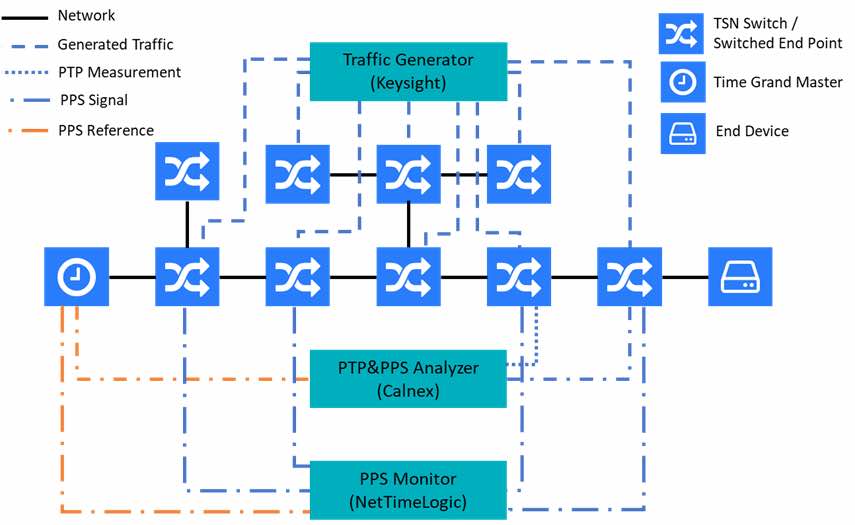
Happily, interop and synchronization performance exceeded requirements and expectations. Not only was the 802.1AS end-to-end time synchronization performance limit of 1 µs achieved, but synchronization within around ±100 ns was observed in a stable state network. Figure 2 shows 1PPS measurements from various time-aware end station devices attached to the core network topology.
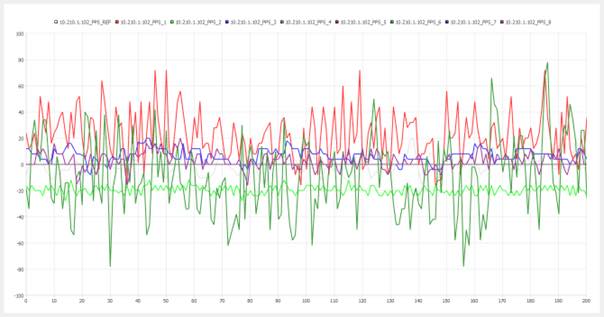
While TSN has already made it to the core of the digitalization strategy of many companies, the technology now available is proof TSN is not just a future vision but is a current reality. Most device vendors will bring devices to the market throughout 2022 to provide the building blocks for real-world setups.
– The Industry IoT Consortium is a CFE Media and Technology content partner.


